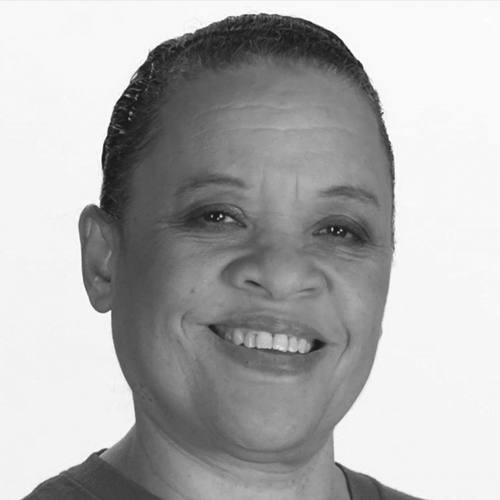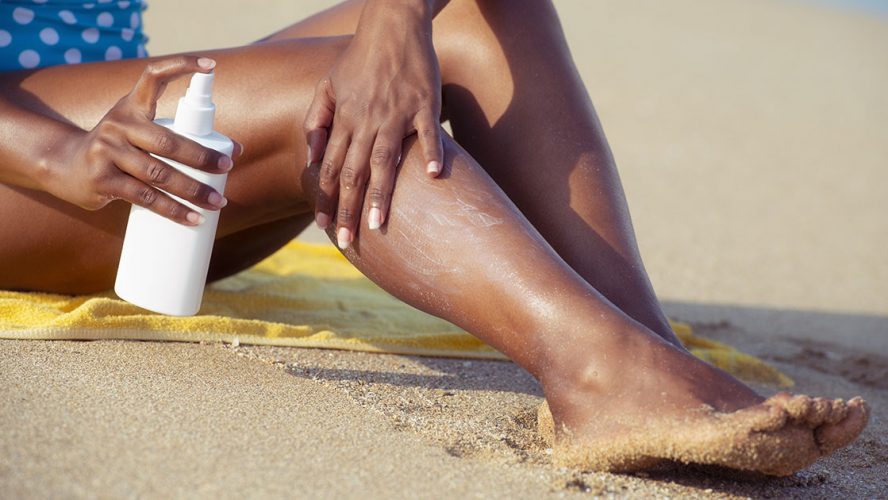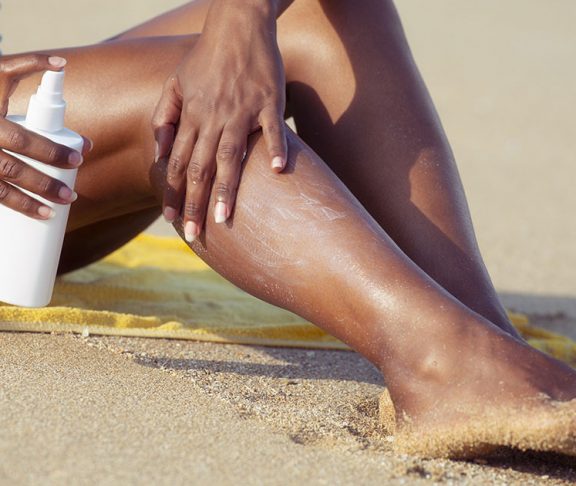
Lisa Richardson, M.D., M.P.H.
Director, Division of Cancer Prevention and Control, Centers for Disease Control and Prevention
Just because your skin doesn’t burn easily doesn’t mean it’s protected from the harmful effects of the sun.
There’s a common myth that people with darker skin tones don’t need protection. But people of all skin tones can benefit from making sun-safety a habit. Darker-skinned people, including African American, American Indian, Asian, and Hispanic people naturally produce more of a chemical called melanin, which gives skin its color and provides some protection from the sun’s ultraviolet (UV) rays. But melanin alone is not enough to completely protect the skin from damage.
People with darker skin tones can still get sunburned and are at risk for other sun-related damage, such as premature aging, sunspots, wrinkles and skin cancer. Without sun protection, such as a sunscreen with a sun protection factor (SPF) of at least 15, and protective clothing, skin can be damaged in as little as 15 minutes. This damage adds up over time, increasing a person’s risk for skin cancer, regardless of their skin tone.
The most dangerous forms
There are several different types of skin cancer. Most are strongly linked to UV exposure from the sun or indoor tanning devices. Melanomas, a particularly dangerous form of skin cancer, however, can appear anywhere on the skin, even in areas where the sun doesn’t shine, like the scalp, palms of the hands, soles of the feet, under fingernails and toenails, and inside the mouth.
Skin cancer is often found at later, more advanced stages in people with darker skin. That’s partly because of a lack of awareness about the risks, but also because the symptoms are not always recognized. Skin cancer is harder to treat when it is found late, which can have life-threatening consequences. Knowing your own skin is important to finding skin cancer early.
Know your skin
Look for anything new, changing, or unusual on both sun-exposed and sun-protected areas of the body.
The “ABCDEs” of melanoma can help you remember what to look for/
- “A” stands for asymmetrical. Does the mole or spot have an irregular shape with two parts that look very different?
- “B” stands for border. Is the border irregular or jagged?
- “C” is for color. Is the color uneven?
- “D” is for diameter. Is the mole or spot larger than the size of a pea?
- “E” is for evolving. Has the mole or spot changed during the past few weeks or months?
Not all skin cancers will follow these rules. Talk to your doctor if you notice other changes in your skin, such as a new growth, a sore that doesn’t heal, changes in an old growth, or areas of skin that are raised, shiny, scaly or bleeding.
Making skin protection and regular skin checks part of your routine will go a long way toward preventing skin cancer and keeping you safe while you are enjoying time outdoors.

